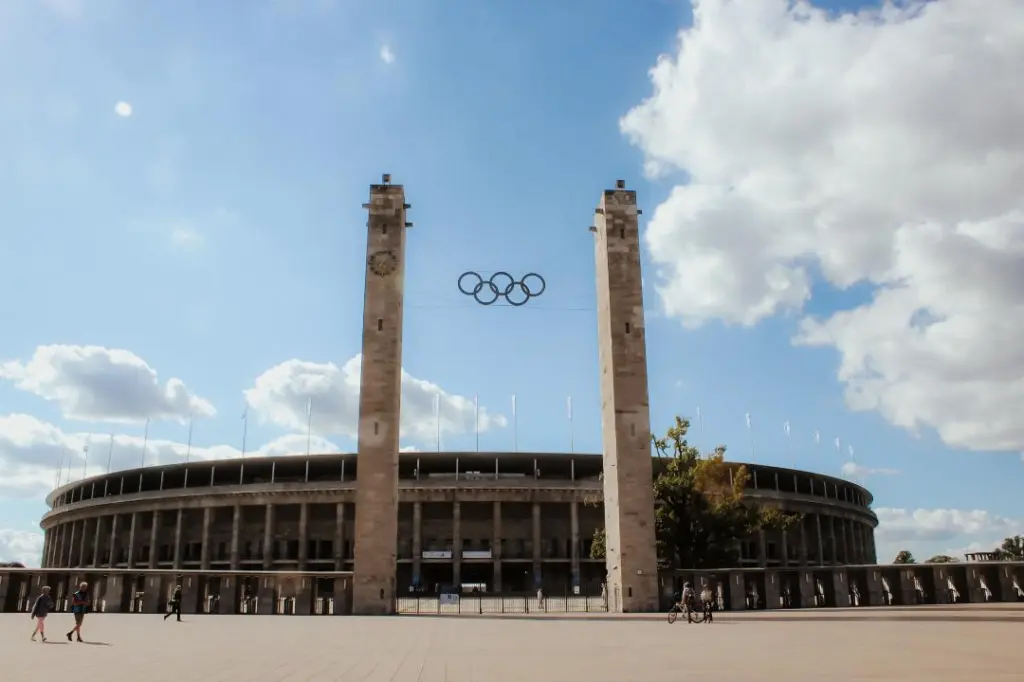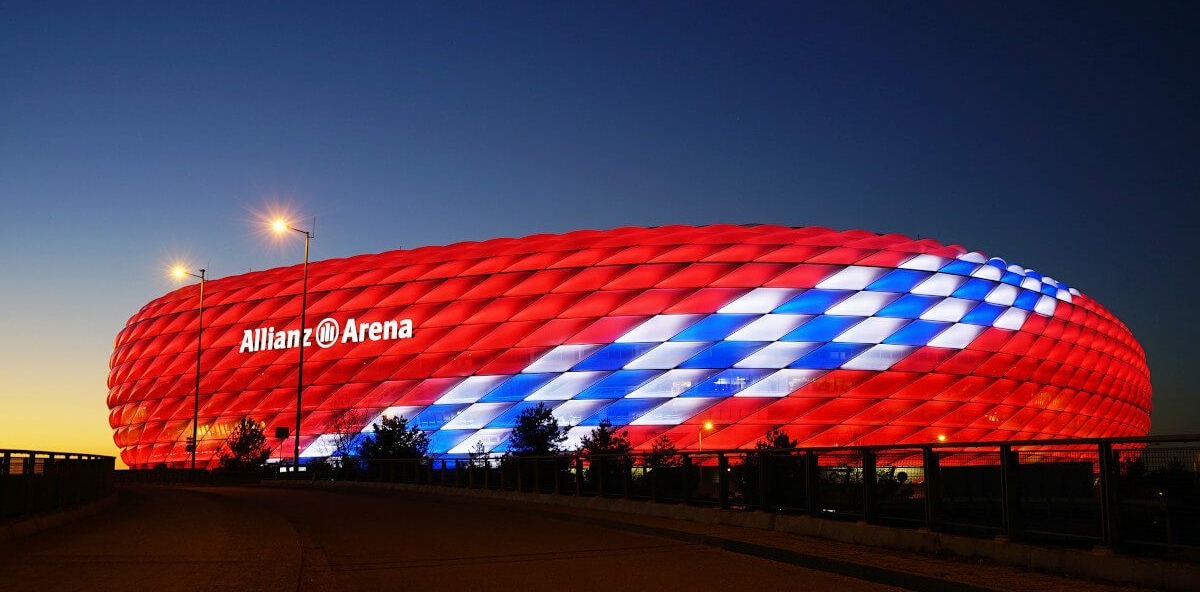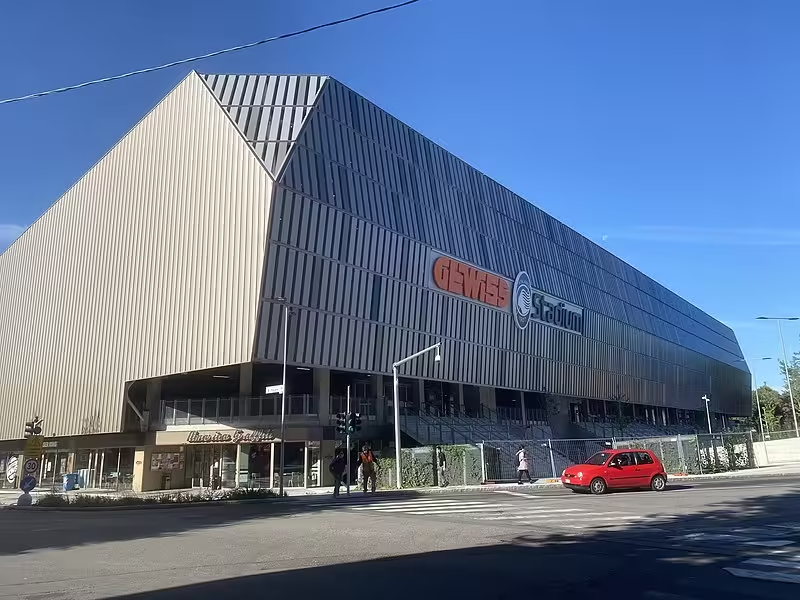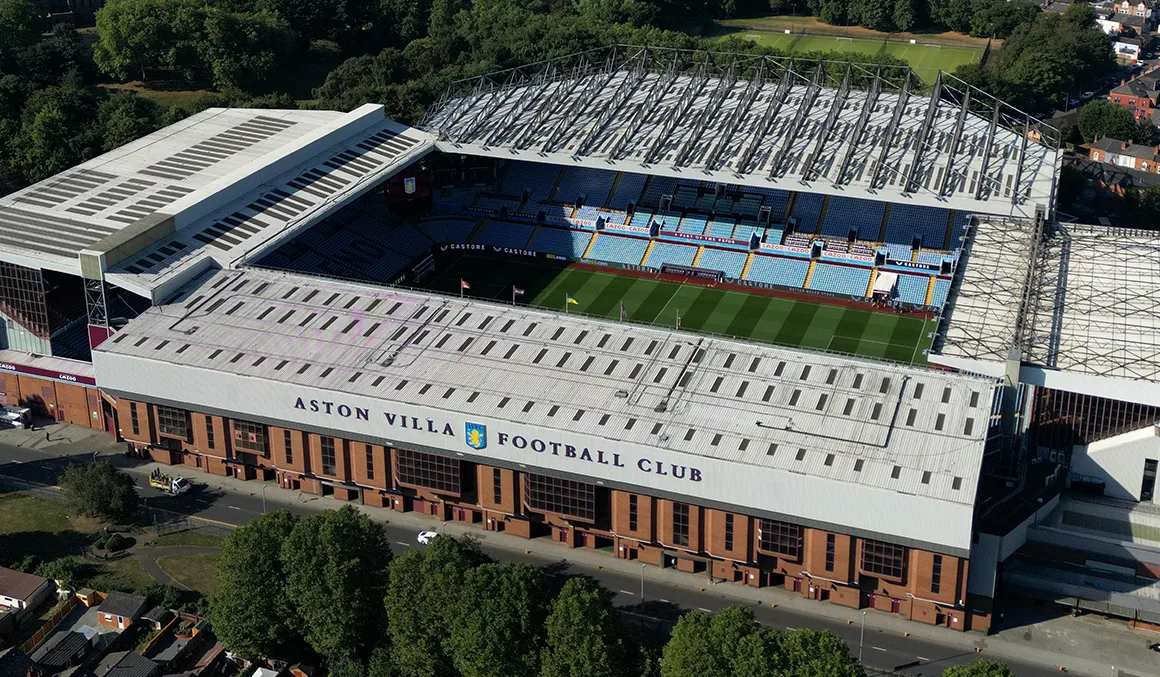Olympiastadion Berlin Stadium is a historic sports venue located in the heart of Berlin, Germany. Built by architect Werner March for the 1936 Summer Olympics, it has since hosted numerous major sporting events, including the 2006 FIFA World Cup Final and the upcoming UEFA Euro 2024 Final. With a seating capacity of over 74,000 spectators, it is one of the largest stadiums in Germany and a popular destination for sports fans from around the world.
The stadium’s design is characterized by its imposing stone exterior and sweeping arches, which give it a grand and imposing appearance. Inside, visitors can enjoy state-of-the-art facilities and amenities, including a modern sound system, high-definition video screens, and comfortable seating. The stadium has undergone several major renovations and upgrades over the years, ensuring that it remains a world-class venue for sports and entertainment.
Key Takeaways:
-
- Olympiastadion Berlin Stadium is a historic sports venue located in Berlin, Germany.
- The stadium was built for the 1936 Summer Olympics and has since hosted numerous major sporting events.
- With a seating capacity of over 74,000 spectators, it is one of the largest stadiums in Germany and features state-of-the-art facilities and amenities.
Historical Significance
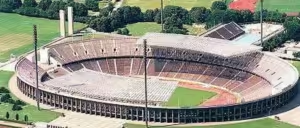
1936 Summer Olympics
Olympiastadion Berlin Stadium was built for the 1936 Summer Olympics held in Berlin. The stadium was designed by Werner March and was intended to showcase the power and strength of Nazi Germany. During the games, the stadium hosted the opening and closing ceremonies, as well as track and field events. The record attendance during the Olympics was thought to be over 100,000. The stadium has since become a symbol of the Nazi regime and its propaganda.
World War II Impact
During World War II, Olympiastadion Berlin Stadium was heavily damaged by Allied bombing raids. The stadium was used as a storage facility for ammunition and weapons, making it a prime target for the Allies. After the war, the stadium was used by the occupying Allied forces as a depot for their own supplies.
Renovations and Redesign
After the war, the stadium underwent several renovations and redesigns. In 1974, the stadium was completely rebuilt for the FIFA World Cup held in Germany. The new stadium had a capacity of 77,000 and featured a modern design. In 2004, the stadium underwent another major renovation and redesign in preparation for the 2006 FIFA World Cup. The new high-tech, multipurpose stadium has a capacity of over 74,000 and has hosted major international sporting events, including the 2006 FIFA World Cup and the UEFA Champions League final in 2015.
Overall, Olympiastadion Berlin Stadium has a rich and complex history, from its origins as a symbol of Nazi propaganda to its current status as a premier venue for international sporting events. The stadium serves as a reminder of the power of sport to bring people together, as well as the darker side of its history.
Architecture and Design
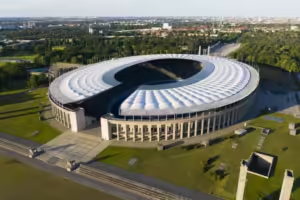
The Olympiastadion Berlin Stadium is renowned for its impressive design and architecture. The stadium’s architecture showcases a perfect blend of modernity and history. Originally built for the 1936 Summer Olympics, the structure has undergone several modifications and restorations to become the iconic stadium it is today.
Structural Features
The stadium’s most prominent feature is its striking oval shape. The stadium’s 77-meter high bell tower is another notable feature, which was originally designed to hold the Olympic Flame. The tower is now used to support the stadium’s roof and is equipped with a viewing platform that offers stunning views of the city.
The roof of the stadium is another notable feature. It is made of transparent plastic and supported by a steel cable system. The roof construction was awarded the German Steel Building Award in 2004 and the Light-Architecture-Award in 2005.
Stadium Capacity
The Olympiastadion Berlin Stadium has a seating capacity of 74,475. During the 1936 Olympics, the record attendance was thought to be over 100,000. The stadium was also one of the main venues for the 2006 World Cup and hosted the UEFA Champions League final in 2015.
The stadium’s seating arrangement is divided into two tiers, and the lower tier is divided into three sections. The stadium’s seating is arranged in a way that provides an unobstructed view of the field from any seat.
In conclusion, the Olympiastadion Berlin Stadium’s design and architecture have made it an iconic landmark in Berlin. The stadium’s structural features and seating capacity make it an ideal venue for hosting major sporting events.
Major Events
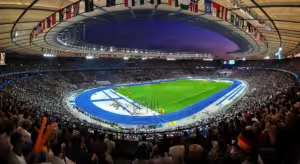
FIFA World Cup
The Olympiastadion Berlin has hosted several major events, including the 1974 FIFA World Cup final where West Germany defeated the Netherlands 2-1. The stadium also hosted several matches during the 2006 FIFA World Cup, including the opening match between Germany and Costa Rica, as well as the quarter-final match between Germany and Argentina.
UEFA Champions League Final
The Olympiastadion Berlin has also hosted the UEFA Champions League final twice, in 2002 and 2015. In 2002, Real Madrid defeated Bayer Leverkusen 2-1, while in 2015, Barcelona defeated Juventus 3-1.
Athletics and Concerts
Apart from football, the stadium has also hosted several athletics events, including the 2009 World Championships in Athletics. The stadium has also hosted several major concerts, including performances by the Rolling Stones, U2, and Michael Jackson.
The stadium has a seating capacity of 74,475 for football matches and up to 80,000 for concerts. With its rich history and state-of-the-art facilities, the Olympiastadion Berlin remains one of the most iconic stadiums in the world, attracting visitors from all over the globe.
Location and Accessibility
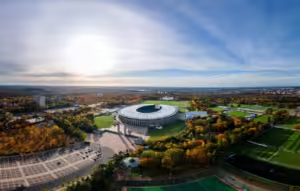
Public Transportation
Olympiastadion Berlin is located in the Charlottenburg-Wilmersdorf district of Berlin, Germany. The stadium is easily accessible by public transportation. Visitors can take the S-Bahn, U-Bahn, or bus to reach the stadium.
The nearest S-Bahn station is Olympiastadion, which is located on the S5 line. The nearest U-Bahn station is Neu-Westend, which is located on the U2 line. There are also several bus lines that stop near the stadium, including the 104, 218, 349, and M49.
Parking Facilities
Visitors who wish to drive to the stadium can park in one of the many parking facilities located nearby. There are several parking lots located within walking distance of the stadium, including the PO5 and PO4 lots. These lots offer wheelchair accessible parking, and the exact number of parking spots may vary for each event.
On non-event days, visitors can use the Olympischer Platz as a parking lot at no charge. However, visitors are advised to check the stadium’s website for up-to-date information on parking availability and restrictions.
Sustainability Efforts
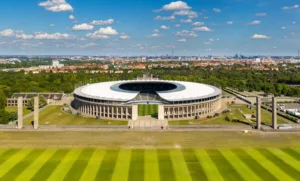
Olympiastadion Berlin has taken various measures to promote sustainability and minimize its carbon footprint. The stadium has been awarded the Green Globe certification, which is a testament to its successful sustainability strategy. The certification takes into account economic, ecological, and social issues, which are discussed in detail on the stadium’s Sustainability page.
One of the significant sustainability efforts made by the stadium is enhancing energy efficiency. Olympiastadion Berlin has implemented measures such as using energy-saving LED lights and optimizing heating and cooling systems. The stadium also utilizes renewable energy sources, such as a 605.25 kilowatt-peak photovoltaic system comprising 1,614 photovoltaic modules installed on the outer concrete ring of the stadium roof. This has made Olympiastadion Berlin the first stadium in the world to generate its own solar electricity [1].
Effective waste management is another area where the stadium has made significant strides in sustainability. Olympiastadion Berlin has implemented a comprehensive waste management system that includes recycling, composting, and waste reduction. The stadium has also launched a “Green Event” program, which aims to reduce the environmental impact of events held at the stadium. The program provides guidelines and support to event organizers on how to minimize waste, conserve water, and reduce energy usage.
In conclusion, Olympiastadion Berlin is committed to promoting sustainability and reducing its carbon footprint. The stadium’s various sustainability efforts, such as enhancing energy efficiency, utilizing renewable energy sources, and effective waste management, have made it a leader in sustainable stadium operations.
Frequently Asked Questions
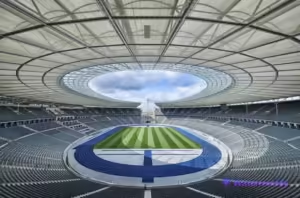
What is the seating capacity of Olympiastadion Berlin?
Olympiastadion Berlin has a seating capacity of 74,475 spectators, making it the largest stadium in Berlin and the second largest in Germany.
How can I purchase tickets for events at Olympiastadion Berlin?
Tickets for events at Olympiastadion Berlin can be purchased online through the official website of the stadium or through authorized ticketing partners. It is recommended to purchase tickets in advance, as events at the stadium tend to sell out quickly.
Are there guided tours available for Olympiastadion Berlin, and how can they be booked?
Yes, guided tours of Olympiastadion Berlin are available and can be booked online through the official website of the stadium. Guided tours are available in several languages and offer visitors a chance to explore the stadium’s history, architecture, and notable features.
What notable historical events have taken place at Olympiastadion Berlin?
Olympiastadion Berlin has a rich history, having hosted several notable historical events. The stadium was originally built for the 1936 Summer Olympics, which was famously attended by Adolf Hitler. Additionally, the stadium was used as a venue for the 1974 FIFA World Cup, the 2006 FIFA World Cup, and the 2015 UEFA Champions League Final.
Can you provide information on accessibility features at Olympiastadion Berlin?
Olympiastadion Berlin is committed to providing equal access to all visitors, and offers several accessibility features to accommodate guests with disabilities. The stadium offers wheelchair accessible seating, accessible restrooms, and accessible parking. Additionally, guests with disabilities are permitted to bring a companion with them to assist with their needs.
What are the transportation options for reaching Olympiastadion Berlin?
Olympiastadion Berlin is easily accessible by public transportation, with several bus and train lines stopping at the stadium. Additionally, the stadium offers on-site parking for guests arriving by car. It is recommended to plan ahead and arrive early to avoid traffic and parking delays.
Read More About:
Mbombela Stadium: A Modern Sporting Venue in South Africa
Tottenham Spurs Stadium: A Comprehensive Guide
King Power Stadium: Home of Leicester City Football Club
London Stadium: Home of West Ham United and the 2012 Olympics
